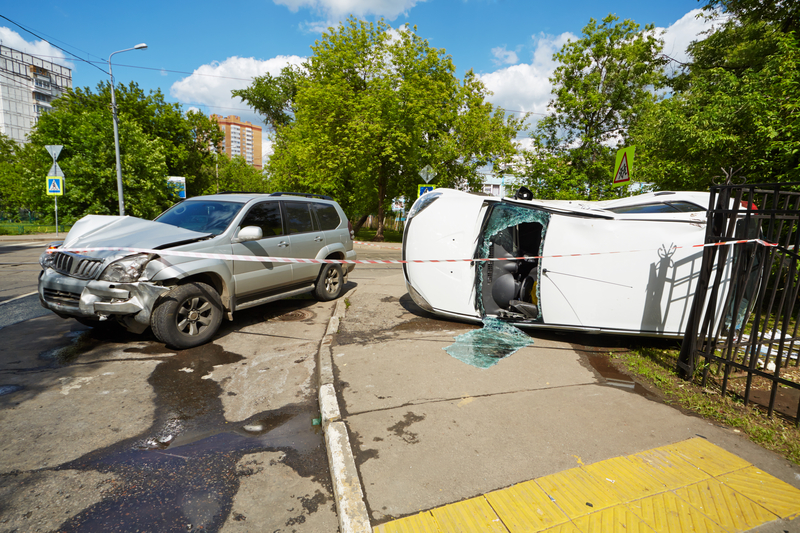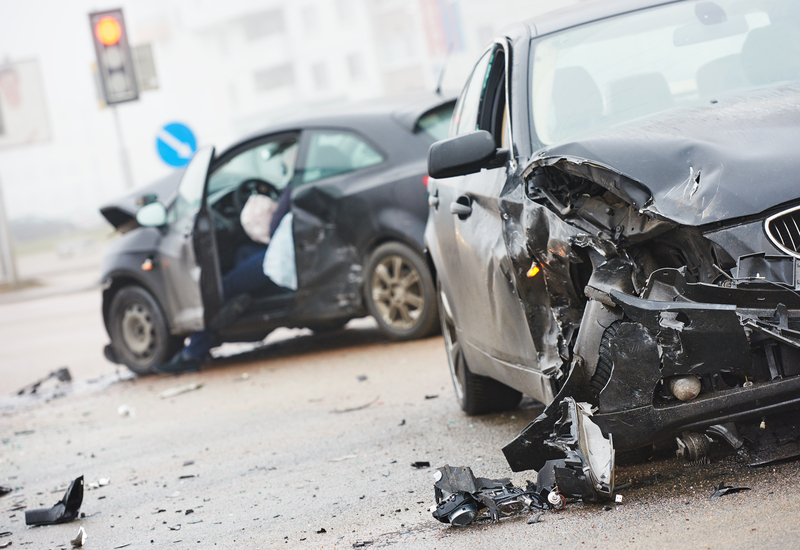A new report from the International Transport Forum, a global transport policy platform with fifty-four member countries, entitled Sharing Road Safety states that governments can more effectively improve road safety by making better use of indicators that reliably quantify the reduction of crashes due to interventions in the road-traffic system. Almost 1.3 million people die in road crashes every year, and between 20 and 50 million are injured. Road traffic injuries are the leading cause of death among youn
A new report from the 998 International Transport Forum, a global transport policy platform with fifty-four member countries, entitled Sharing Road Safety states that governments can more effectively improve road safety by making better use of indicators that reliably quantify the reduction of crashes due to interventions in the road-traffic system.
Almost 1.3 million people die in road crashes every year, and between 20 and 50 million are injured. Road traffic injuries are the leading cause of death among young people between 15 and 29 years of age. Road crashes cost countries between 1 and 3 per cent of their GDP. In the face of these facts, the need for effective road safety policies is undeniable.
This is the key message of a new report released today by the International Transport Forum, a global transport policy platform with 54 member countries, entitled ”Sharing Road Safety”.
According to the study, lack of quantifiable evidence about the effects of countermeasures – such as roadway signage, pedestrian crossing treatments, roadway geometric features, etc. – on road crashes is a key obstacle to the advancement of many critical, life-saving road safety initiatives.
Through the use of indicators - so-called Crash Modification Functions (CMF) that provide measures of how interventions affect the number and gravity of road crashes - governments can reduce the risk of taking decisions that have little or no impact on improving road safety.
CMFs help to identify the most effective countermeasures to road crashes and thereby help to take decisions with an impact. They also help to reduce the cost of good road safety policies. If developed in a broadly accepted manner, CMFs can allow more direct transfer of lessons learned. For example, they would provide local authorities the opportunity to adopt a measure on the basis of a standardised CMF without necessarily engaging in a lengthy local experimentation phase.
To fully realise the potential of CMFs and generate tangible benefits on a broad scale, more indicators need to be developed based on widely accepted methodologies such as those presented in the “Sharing Road Safety” report. Better CMFs will lead to increased transferability and, ultimately, safer roads.
“We are currently at a turning point, with the prospect of rapid advances and major cost savings through the transfer of results internationally”, says Patrick Hasson (US), Chairman of the international Working Group that compiled the report.
“We have to stop the global increase in road fatalities,” added José Viegas, Secretary-General of the International Transport Forum. “The reduction in fatalities already achieved in some countries assures us that it is possible to reduce road deaths, and even there the efforts must continue. For those countries with increasing fatalities, the trend must be reversed. If this objective of the United Nations Decade of Action for Road Safety is to become reality by 2020, measures like the ones proposed in our report should be implemented without delay.”
Dr Steve Lawson, Partnerships and Research Director, International Road Assessment Programme (iRAP) comments: “This is a pathfinding report that reinforces the importance of understanding the effectiveness of road safety countermeasures – it will be useful to practitioners, researchers and policy-makers alike. iRAP’s work towards enabling a world free of high risk roads relies heavily upon reports such as this where best-in-field come together to establish the theoretical framework and add available knowledge to that.”
Almost 1.3 million people die in road crashes every year, and between 20 and 50 million are injured. Road traffic injuries are the leading cause of death among young people between 15 and 29 years of age. Road crashes cost countries between 1 and 3 per cent of their GDP. In the face of these facts, the need for effective road safety policies is undeniable.
This is the key message of a new report released today by the International Transport Forum, a global transport policy platform with 54 member countries, entitled ”Sharing Road Safety”.
According to the study, lack of quantifiable evidence about the effects of countermeasures – such as roadway signage, pedestrian crossing treatments, roadway geometric features, etc. – on road crashes is a key obstacle to the advancement of many critical, life-saving road safety initiatives.
Through the use of indicators - so-called Crash Modification Functions (CMF) that provide measures of how interventions affect the number and gravity of road crashes - governments can reduce the risk of taking decisions that have little or no impact on improving road safety.
CMFs help to identify the most effective countermeasures to road crashes and thereby help to take decisions with an impact. They also help to reduce the cost of good road safety policies. If developed in a broadly accepted manner, CMFs can allow more direct transfer of lessons learned. For example, they would provide local authorities the opportunity to adopt a measure on the basis of a standardised CMF without necessarily engaging in a lengthy local experimentation phase.
To fully realise the potential of CMFs and generate tangible benefits on a broad scale, more indicators need to be developed based on widely accepted methodologies such as those presented in the “Sharing Road Safety” report. Better CMFs will lead to increased transferability and, ultimately, safer roads.
“We are currently at a turning point, with the prospect of rapid advances and major cost savings through the transfer of results internationally”, says Patrick Hasson (US), Chairman of the international Working Group that compiled the report.
“We have to stop the global increase in road fatalities,” added José Viegas, Secretary-General of the International Transport Forum. “The reduction in fatalities already achieved in some countries assures us that it is possible to reduce road deaths, and even there the efforts must continue. For those countries with increasing fatalities, the trend must be reversed. If this objective of the United Nations Decade of Action for Road Safety is to become reality by 2020, measures like the ones proposed in our report should be implemented without delay.”
Dr Steve Lawson, Partnerships and Research Director, International Road Assessment Programme (iRAP) comments: “This is a pathfinding report that reinforces the importance of understanding the effectiveness of road safety countermeasures – it will be useful to practitioners, researchers and policy-makers alike. iRAP’s work towards enabling a world free of high risk roads relies heavily upon reports such as this where best-in-field come together to establish the theoretical framework and add available knowledge to that.”









